Gillman’s Point, Mount Kilimanjaro: A Crucial Milestone on the Marangu Route
Elevation: 5,685 meters (18,650 feet)
Gillman’s Point stands at 5,685 meters (18,650 feet) on the eastern rim of Mount Kilimanjaro’s crater and is one of the most significant milestones for climbers ascending the mountain. Located along the Marangu Route, also known as the “Coca-Cola Route,” Gillman’s Point is often considered a psychological and physical victory for many climbers, even though it is not the true summit of Kilimanjaro. The landscape at Gillman’s Point offers a striking view of the Kilimanjaro glaciers, which seem to rise dramatically from the mountain’s volcanic surface, creating an otherworldly, icy landscape.
Reaching this point is no small feat. Climbers who manage to get to Gillman’s Point on their Kilimanjaro trek are rewarded with a certificate of achievement, marking the high level of determination it takes to climb to this elevation. For some climbers, reaching Gillman’s Point is the ultimate goal, while others see it as a gateway to the final challenge—the summit at Uhuru Peak.
A Look at the History of Gillman’s Point, Mount Kilimanjaro
Gillman’s Point was named after the first person to reach this section of Kilimanjaro’s crater rim. It was officially recognized as a significant point on the mountain in the early days of trekking on Kilimanjaro when the Marangu Route was established as one of the main paths for climbers.
Historically, reaching Gillman’s Point was considered a major accomplishment, and for many climbers who were unable to continue to Uhuru Peak, it represented the culmination of their effort. In fact, for a long time, reaching Gillman’s Point was sufficient to claim success in climbing Kilimanjaro, though in recent years the emphasis has shifted to reaching Uhuru Peak itself.
The Experience at Gillman’s Point, Mount Kilimanjaro
Gillman’s Point is situated on the Kibo Crater Rim, the vast volcanic crater that forms the highest part of Kilimanjaro. Upon arrival, climbers are greeted by a sharp drop in temperature and the sight of ice fields and glaciers that stretch out over the rugged landscape. The crater rim’s rocky, lunar-like terrain contrasts starkly with the dense vegetation and wildlife encountered at lower elevations.
The point also provides sweeping views of Mawenzi, Kilimanjaro’s second-highest peak, as well as the expansive plains of Kenya and Tanzania far below. Reaching Gillman’s Point at sunrise is especially rewarding, with the sun casting an ethereal glow over the glaciers and crater.
The Challenge of getting to Gillman’s Point
Climbers heading to Gillman’s Point typically depart from Kibo Hut, the final base camp on the Marangu Route. The ascent to Gillman’s Point is considered one of the most grueling sections of the trek, particularly the steep scree slopes that dominate the final stretch. The loose volcanic rock beneath your feet can make each step difficult, with climbers often sliding backward with every step forward.
Altitude is a major challenge during this part of the climb. The air becomes thinner as you approach Gillman’s Point, making breathing more difficult and increasing the likelihood of experiencing altitude sickness. Proper acclimatization, hydration, and pacing are essential to avoid the effects of Acute Mountain Sickness (AMS). Read about the best acclimatization for Mount Kilimanjaro climbing.
Gillman’s Point vs. Stella Point and Uhuru Peak
One of the common questions climbers have is the difference between Gillman’s Point and Stella Point, both significant markers on the crater rim of Kilimanjaro. Stella Point is located at a slightly higher elevation (5,730 meters or 18,798 feet) on the southern rim, while Gillman’s Point is on the eastern side of the crater. Trekkers on the Marangu Route will reach Gillman’s Point first, whereas those taking the Lemosho or Machame Routes encounter Stella Point before making the final push to the summit.
Despite being just an intermediate goal, reaching Gillman’s Point is no small achievement, and the physical and mental demands to reach this point are significant. However, to truly stand on the “roof of Africa,” climbers must continue from Gillman’s Point to Uhuru Peak—the true summit of Mount Kilimanjaro at 5,895 meters (19,341 feet). The trek from Gillman’s Point to Uhuru Peak typically takes two hours and requires determination, but those who reach the summit are rewarded with the ultimate prize: standing at Africa’s highest point.
Practical Tips for Reaching Gillman’s Point
Acclimatization: Spend as much time as possible acclimatizing to the altitude. Most climbers take about 5-6 days on the Marangu Route to reach Gillman’s Point. Listen to your guide’s advice and monitor yourself for signs of altitude sickness.
Hydration: Staying hydrated is key to preventing altitude sickness. Carry enough water and drink regularly throughout your ascent.
Layering: The temperature can drop significantly as you approach Gillman’s Point, so dress in layers. The early morning ascent from Kibo Hut is particularly cold, and temperatures can plummet below freezing.
Pacing: Your guide will emphasize “pole, pole,” a Swahili phrase meaning “slowly, slowly.” The ascent to Gillman’s Point is a marathon, not a sprint, and pacing yourself is critical.
Quick Facts About Gillman’s Point
Elevation: 5,685 meters (18,650 feet)
Location: Eastern crater rim of Mount Kilimanjaro
Route: Accessed via the Marangu Route
Proximity to Uhuru Peak: Roughly two hours away
Certificate: Climbers receive a certificate for reaching Gillman’s Point
Best Time to Climb: June to October and January to March
Altitude Challenges: High altitude can cause AMS—proper acclimatization is vital
FAQs About Gillman’s Point, Mount Kilimanjaro
Q: What is Gillman’s Point?
A: Gillman’s Point is located at 5,685 meters on the eastern side of Kilimanjaro’s crater rim. It is a major landmark on the Marangu Route and a crucial waypoint for climbers heading to Uhuru Peak.
Q: Can I receive a certificate for reaching Gillman’s Point?
A: Yes, climbers who reach Gillman’s Point on the Marangu Route receive a certificate to commemorate their achievement.
Q: How far is Gillman’s Point from Uhuru Peak?
A: It takes about two hours to hike from Gillman’s Point to Uhuru Peak, depending on your pace and the conditions.
Q: What is the difference between Gillman’s Point and Stella Point?
A: Gillman’s Point is on the eastern crater rim, while Stella Point is on the southern side. Both are significant milestones, but Stella Point is located at a slightly higher elevation.
Q: How difficult is it to climb to Gillman’s Point?
A: The climb to Gillman’s Point is challenging, especially due to the steep scree slopes and high altitude. Climbers often experience altitude sickness, making it essential to pace yourself and acclimatize properly.
Q: What can I see from Gillman’s Point?
A: From Gillman’s Point, you can see breathtaking views of Kilimanjaro’s glaciers, the Kibo Crater, and the vast plains of East Africa. The sunrise at Gillman’s Point is especially beautiful.
Gillman’s Point Mount Kilimanjaro at a glance
Reaching Gillman’s Point on Mount Kilimanjaro is an incredible achievement for any climber. Situated on the crater rim, it marks a major milestone on the Marangu Route and offers stunning views of the glaciers and volcanic landscape. Climbers who reach this point are rewarded with a certificate, but for those aiming to go further, Gillman’s Point is just the beginning of the final leg to Uhuru Peak. Whether it’s your ultimate goal or a step on the way to the summit, Gillman’s Point represents perseverance, strength, and the triumph of human endurance.

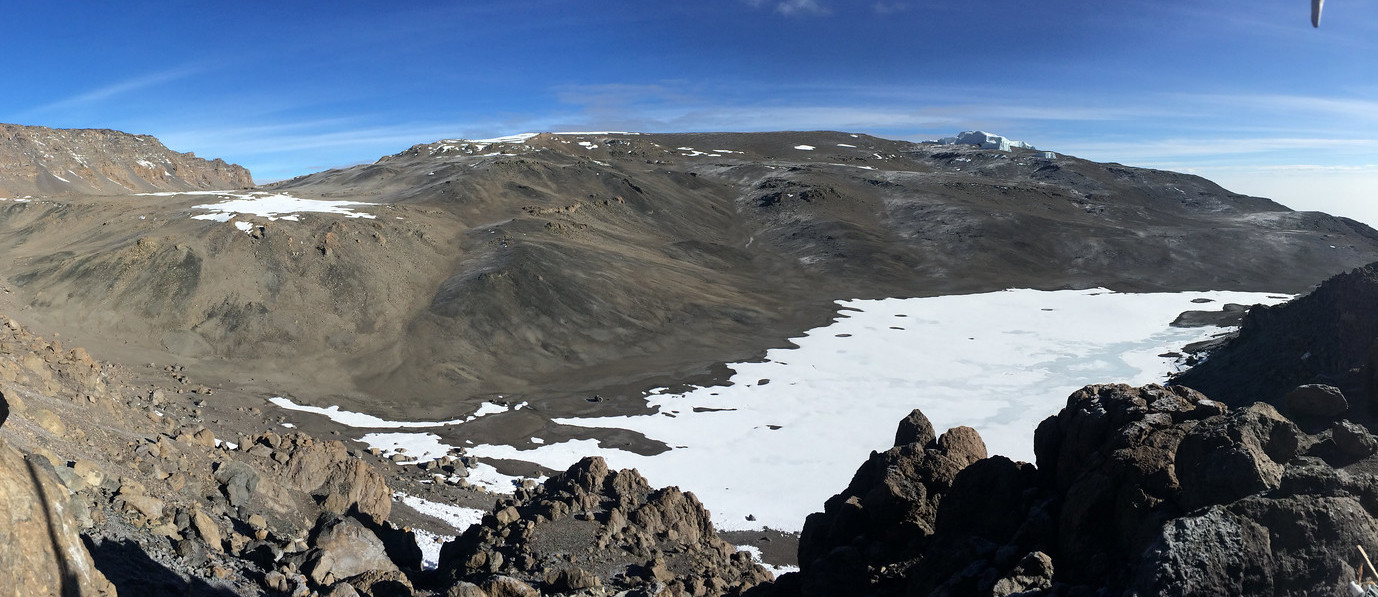
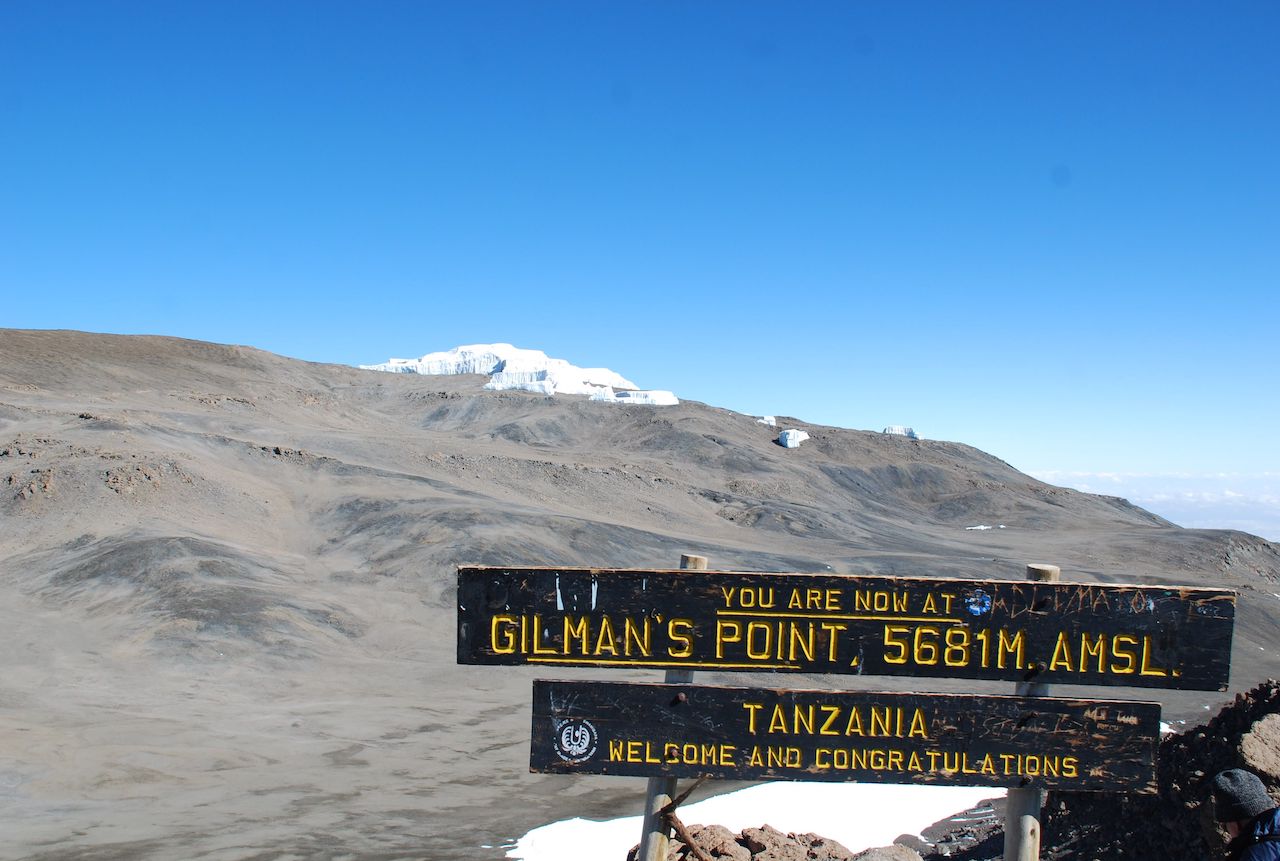
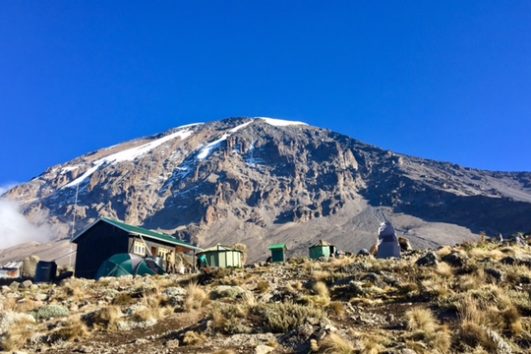
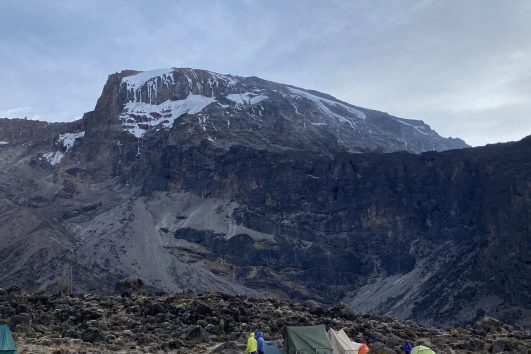
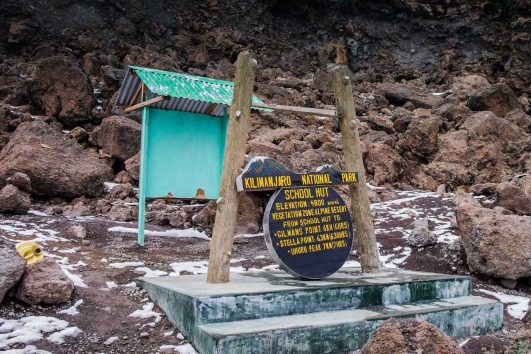
Tour Reviews
There are no reviews yet.
Leave a Review